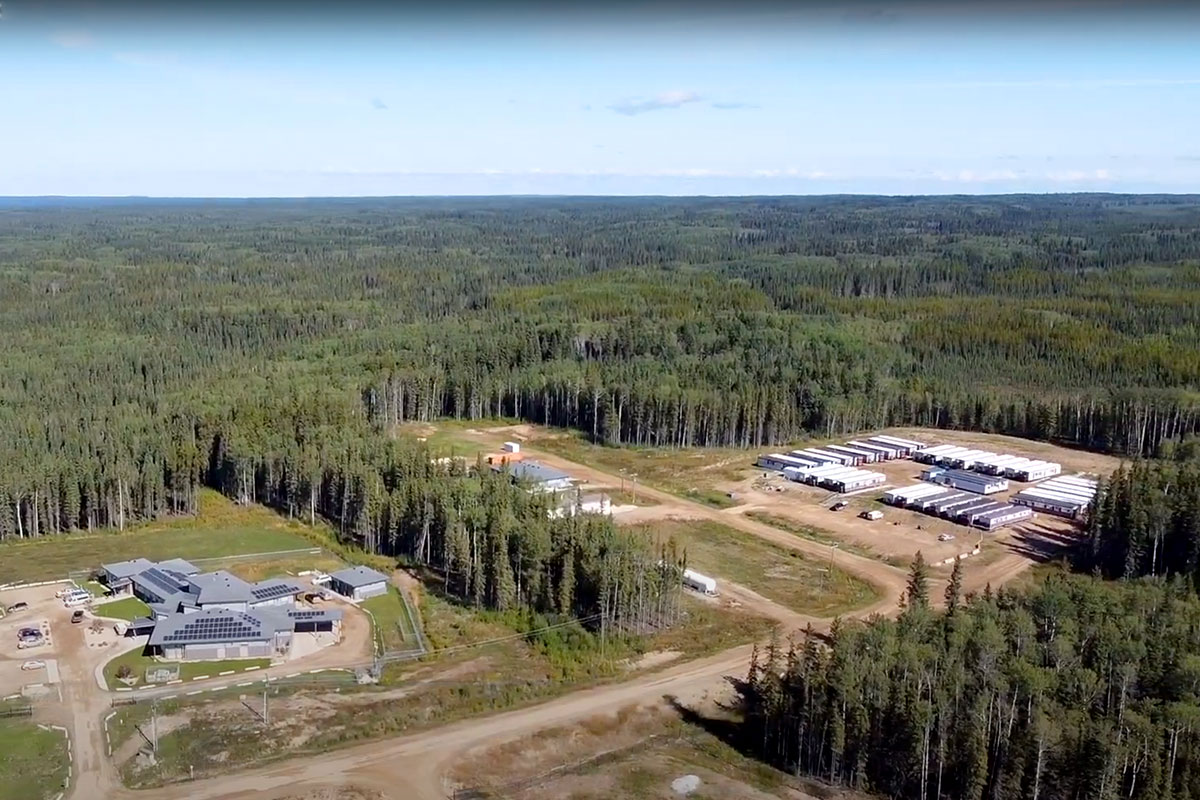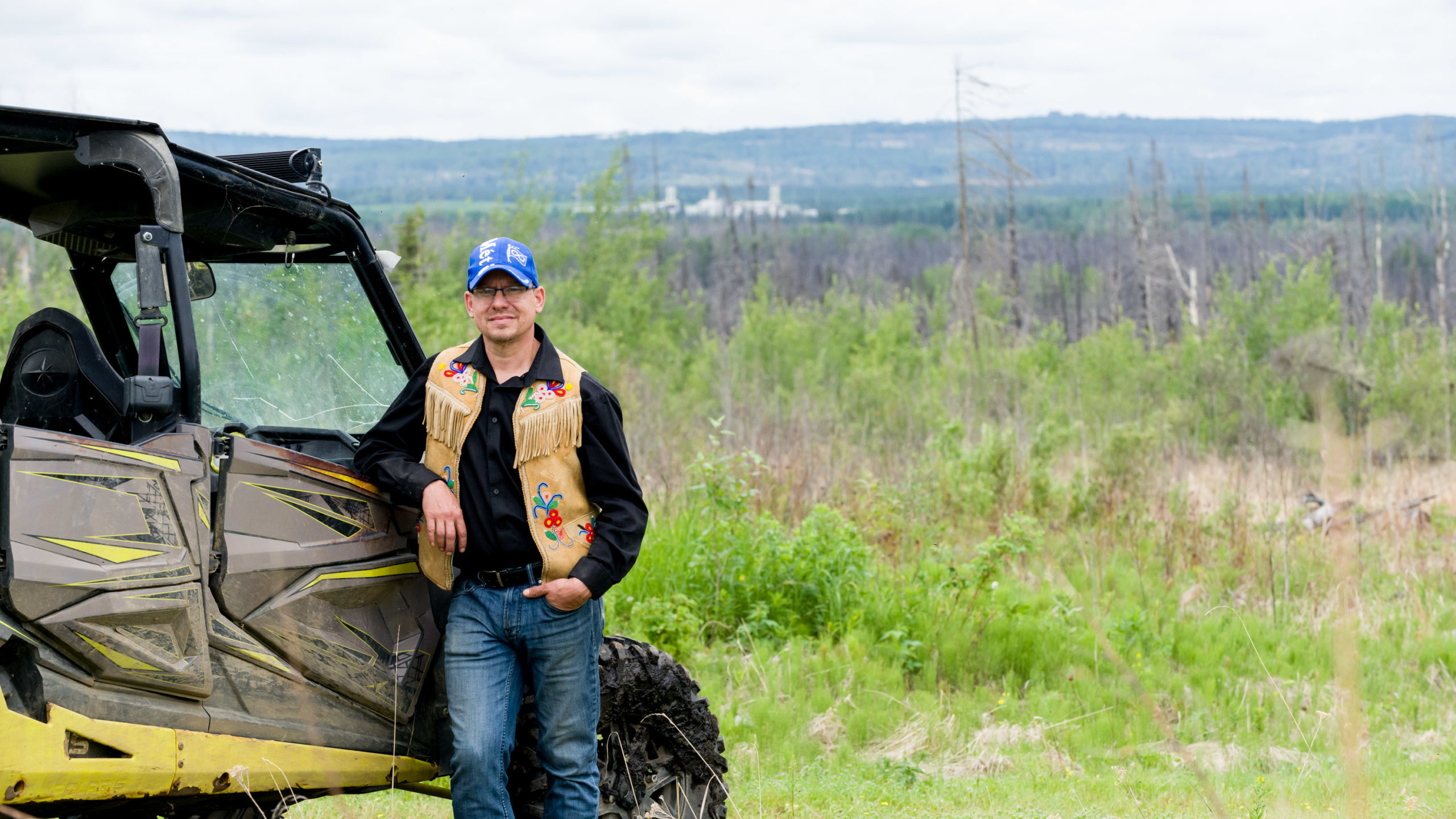Five pristine lakes sit in and around the Peerless Trout First Nation in the unbroken boreal forest of north-central Alberta about 200 kilometres north of Slave Lake.
When asked about the fishing, Tyler Letendre smiles wryly. “It lives up to the name,” says the Nation’s director of operations and economic development officer. “It’s peerless.”
The community’s leadership is exploring the idea of building a lodge to lure recreational anglers from across North America to reel in the large pike, trout and walleye that inhabit the dark blue waters in those lakes.
After joining the Clearwater Infrastructure Limited Partnership in December 2023 with 11 other Indigenous communities and Tamarack Valley Energy, they have the financial clout to develop a resort.
“Joining the partnership has been a game changer for our nation, 100 per cent. We won’t compromise on treaty rights, but we are big fans of economic growth,” says Letendre.
“The money provided by the federal government to First Nations isn’t enough to sustain the programs and infrastructure required so we have to generate our own income. Equity deals like Clearwater do that,” he says.
“We are shareholders along with major institutions. We now have banks who want to come invest in our communities. We live in a new world, and I’m excited about the possibilities.”

The Peerless Trout First Nation is located about 200 kilometres north of Slave Lake, Alberta. Photo courtesy Peerless Lake First Nation
The growing number and value of Indigenous equity ownership deals in Alberta is helping fuel stronger participation in the province’s economy, according to a recently released report from ATB Financial and MNP.
The study concluded that total Indigenous economic activity in Alberta grew by a substantial 42 per cent between 2019 and 2023.
Last year, Indigenous-owned businesses generated $5.25 billion in economic output, $380 million in tax revenues and $1.33 billion in labour income from 25,800 full-time jobs.
The resource sector has an outsized impact in this area as its relationship with First Nations and Métis communities in Alberta has evolved and grown.
“The fastest growing and largest opportunities for Indigenous communities in Alberta come from the resource sector,” says Justin Bourque, president of Âsokan Generational Developments, a consultancy that specializes in partnerships between Indigenous communities and industry.
He says the evolution of the relationship between Indigenous communities and the resource sector has mirrored the broader progress of reconciliation.
“Our entire society is on a journey of reconciliation between Indigenous and non-Indigenous communities. The engagement and relationship between the resource industry and Indigenous has continued to evolve.”
In recent years, particularly following the creation of the Alberta Indigenous Opportunities Corporation (AIOC) in 2019, these relationships have increasingly moved from short-term benefits to long-term legacies through equity ownership deals like Peerless Trout’s agreement with Tamarack Energy.

Justin Bourque, president of Âsokan Generational Developments, pictured on his trap line with the Long Lake oil sands facility in the background. Photo for Canadian Energy Centre
ATB highlighted the Astisiy project in the oil sands region, a Cree word meaning “thread from sinew” that is used for Indigenous beading.
In September 2021, Suncor Energy and the AIOC enabled eight Indigenous communities to acquire 15 per cent ownership of the Northern Courier Pipeline, a 90-kilometre system that transports bitumen from the Fort Hills mine to the East Tank Farm north of Fort McMurray.
The community partners are projected to receive $16 million in annual payments from the deal.
Bourque’s Willow Lake Métis Nation has used its portion of the revenues to purchase a 205-acre parcel southeast of Fort McMurray, giving the community land to call its own.
“Ownership and partnership is the next logical evolution of the relationship between Indigenous communities and the energy sector,” says Bourque.
“Before Indigenous communities had the opportunity to invest in these resource assets, a lot of the economic value out of these investments would flow to institutional investors along with the corporation,” he says.
“By having some of those benefits flow into Indigenous communities, it builds both resilience by giving them financial sovereignty and allows that community to address priorities and needs determined by them, not somebody in Ottawa.”
Opportunities are now happening at the Peerless Trout First Nation.
“Our chief and council are in the best position to decide what works for the 900 members of Peerless Lake when it comes to how to invest the monies from the partnership, whether that’s in housing, education, health care, more post-secondary scholarships or building a hockey arena or community facility,” Letendre says.
The unaltered reproduction of this content is free of charge with attribution to the Canadian Energy Centre.
